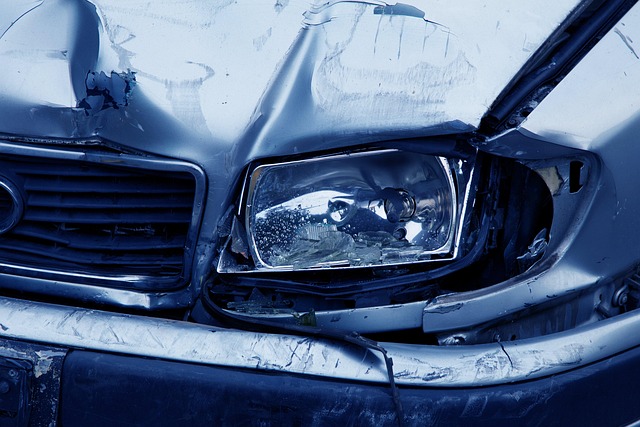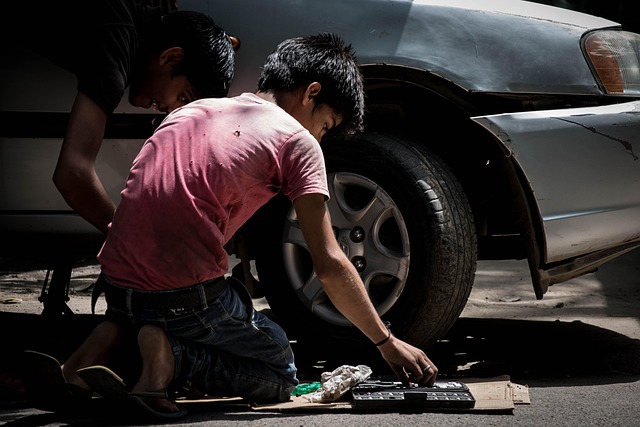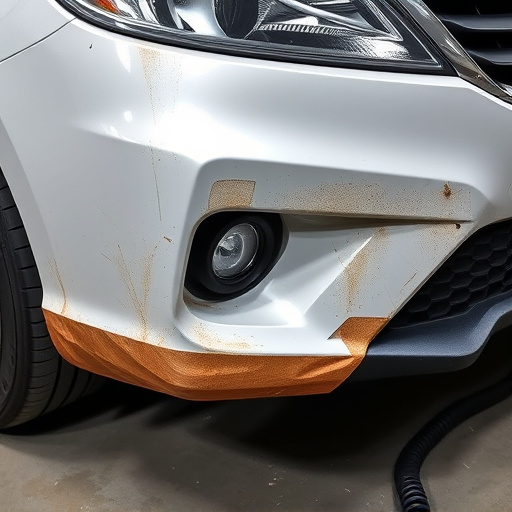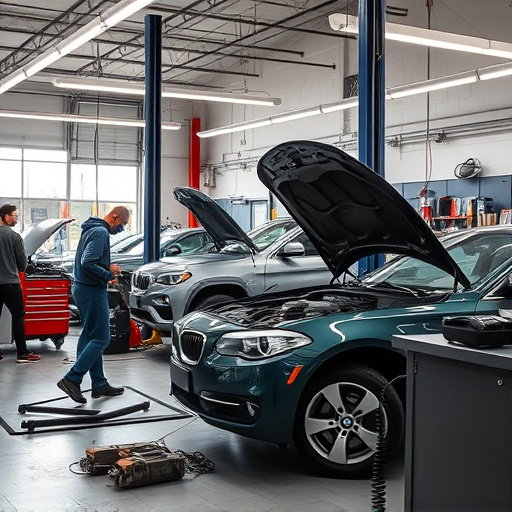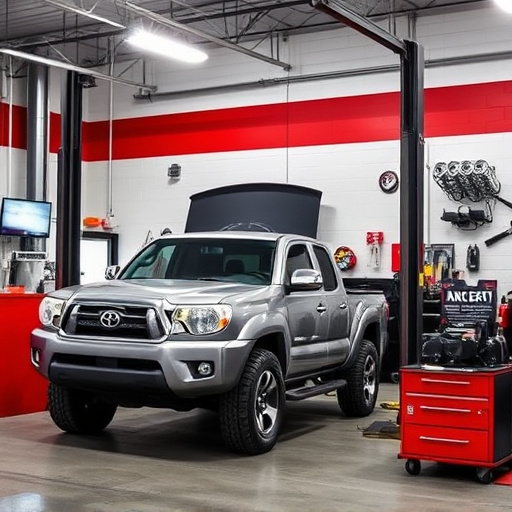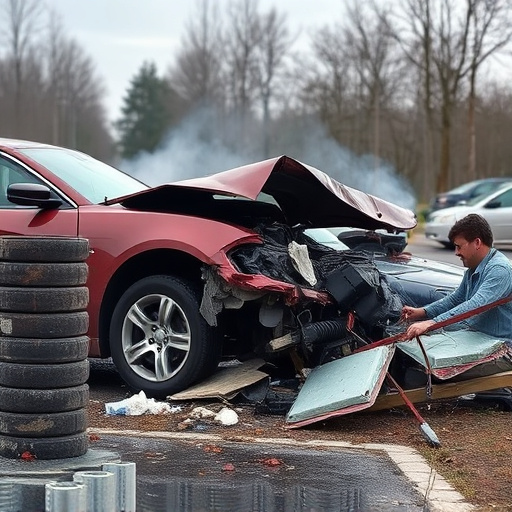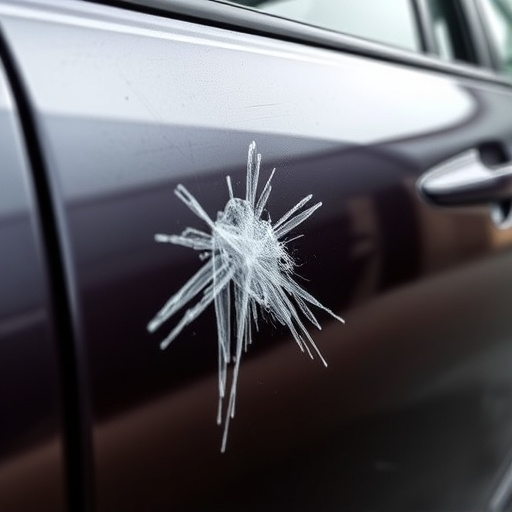Taillight repair replacement demands a skilled technician with diagnostic, mechanical, and communication prowess. Reputable training institutions offer specialized programs covering theoretical knowledge and hands-on experience, culminating in industry certifications that enhance job prospects. Safety is paramount, emphasizing the use of personal protective equipment (PPE) and practical training on diverse vehicle models to avoid damage during repairs. This comprehensive approach ensures effective, safe, and aesthetically preserving taillight repair replacement.
In today’s automotive landscape, understanding taillight repair replacement is crucial for ensuring road safety. This article explores the essential skills and knowledge required by technicians, delving into comprehensive training programs and certifications that equip them with industry-standard expertise. We also highlight critical safety protocols and hands-on practice sessions, preparing professionals to navigate real-world scenarios effectively. By mastering these aspects, technicians can confidently perform taillight repair replacement, enhancing vehicle functionality and road safety.
- Understanding Taillight Repair Replacement: Essential Skills and Knowledge
- Training Programs and Certifications for Technicians
- Safety Protocols and Hands-On Practice: Preparing for Real-World Scenarios
Understanding Taillight Repair Replacement: Essential Skills and Knowledge
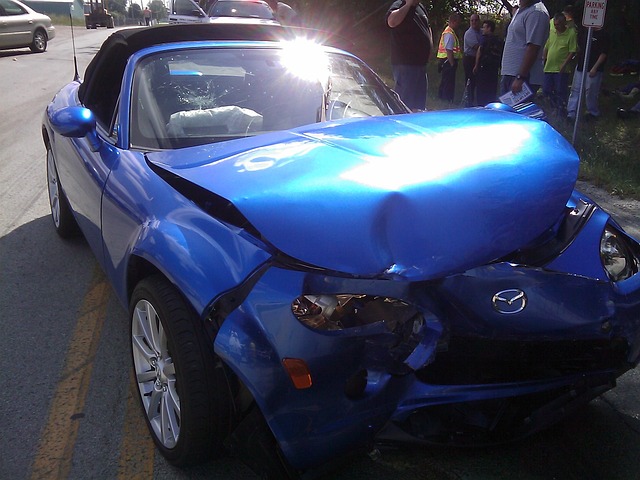
Understanding Taillight Repair Replacement involves a blend of technical know-how and safety consciousness. Technicians must possess robust skills in diagnosing car issues, particularly those related to taillights, as these components are integral for road safety. They should be adept at handling various tools and equipment designed for precise disassembly and reassembly. Knowledge of automotive electrical systems is paramount, as taillights are part of the vehicle’s lighting network.
Beyond technical proficiency, effective communication and problem-solving abilities are key. Technicians often interact with clients, explaining complex procedures in simple terms. They must also navigate challenging situations, such as dealing with damaged auto body surrounding the taillight or coordinating repairs with other car repair services like auto body painting, ensuring comprehensive yet seamless taillight repair replacement processes.
Training Programs and Certifications for Technicians

Many reputable automotive training institutions offer specialized programs tailored to prepare individuals for a career in taillight repair and replacement. These comprehensive courses cover everything from basic auto maintenance to advanced techniques specific to this intricate vehicle bodywork component. Students learn not only the theoretical aspects but also gain hands-on experience, ensuring they can perform these repairs with precision and efficiency.
Certifications are an excellent way to demonstrate proficiency in taillight repair replacement. Several industry-recognized certifications are available, showcasing a technician’s expertise. These credentials not only boost professional credibility but also open doors to better job opportunities within the auto collision repair sector, emphasizing the importance of proper training and skill development for safe and effective taillight repairs.
Safety Protocols and Hands-On Practice: Preparing for Real-World Scenarios

Safety protocols are paramount when it comes to taillight repair replacement. Technicians must be trained to handle automotive parts with precision and care, understanding that even minor mistakes can lead to significant safety hazards on the road. A robust curriculum should include comprehensive instruction on personal protective equipment (PPE), ensuring each technician is equipped to safeguard themselves and others during procedures. This involves learning how to don and use items like gloves, eye protection, and respirators effectively.
Hands-on practice is equally vital, as it bridges the gap between theoretical knowledge and real-world applications. By engaging in simulated scenarios, trainees gain experience in dealing with various taillight repair and replacement challenges. This includes practicing on different vehicle models, learning to navigate around adjacent components without damaging them, and mastering techniques for paintless dent repair—a skill crucial for preserving the aesthetics of a vehicle’s bodywork during the process. Such practical training prepares technicians for unexpected issues they may encounter while working on car dent repairs or taillight replacements in diverse real-world settings.
Training tailored to taillight repair replacement technicians is paramount in ensuring safety on our roads. By acquiring the necessary skills, knowledge, and certifications through structured programs that include hands-on practice, these professionals can effectively address a vital aspect of vehicle maintenance. This article has explored essential techniques, safety protocols, and educational paths, emphasizing the importance of comprehensive preparation for real-world taillight repair scenarios.
